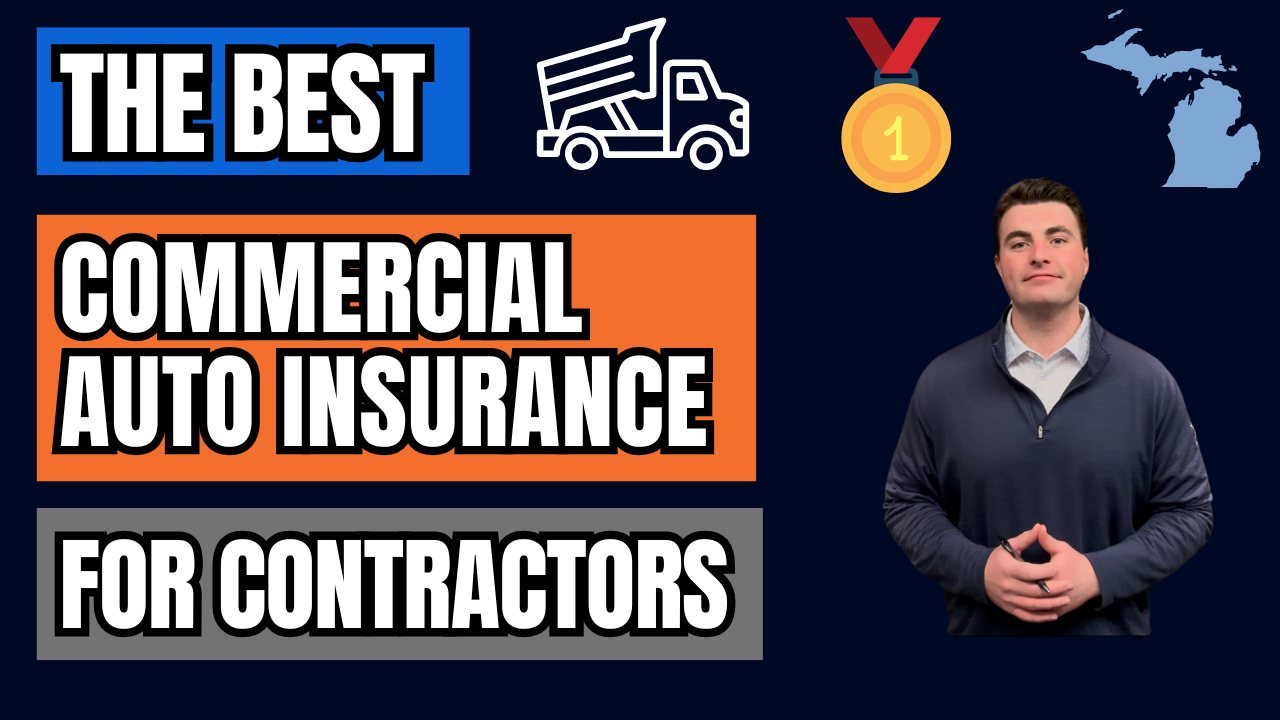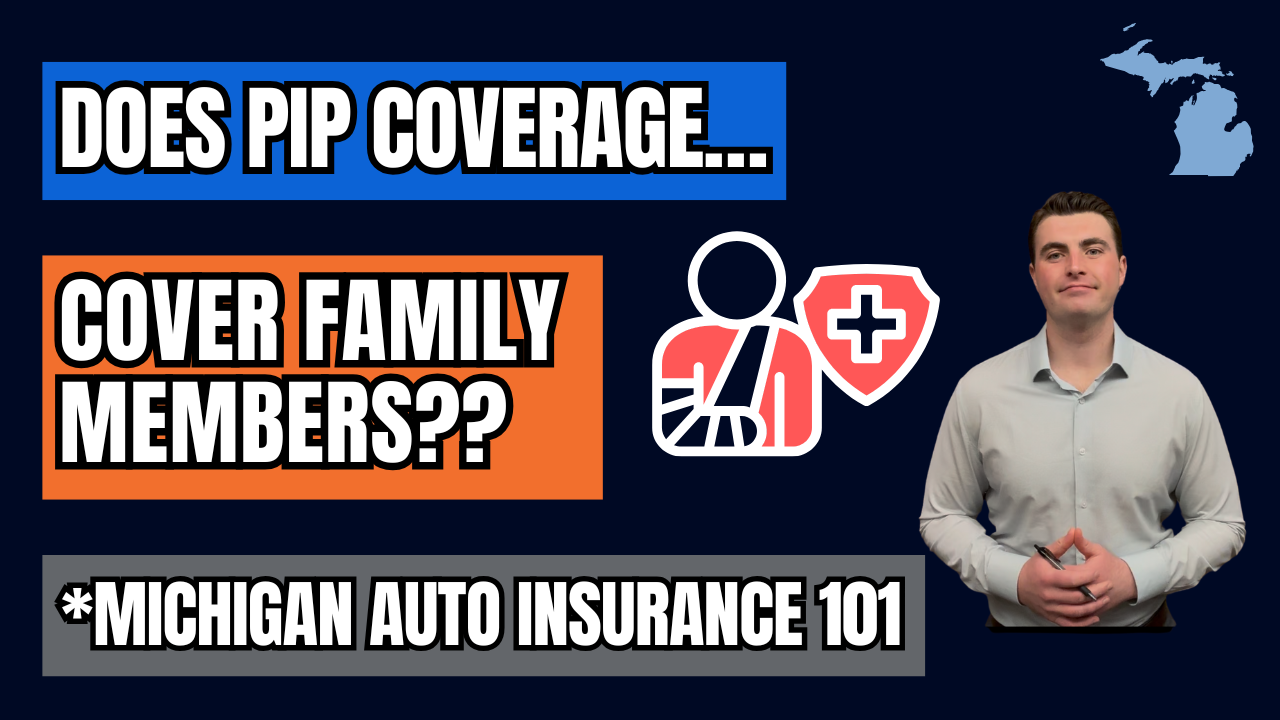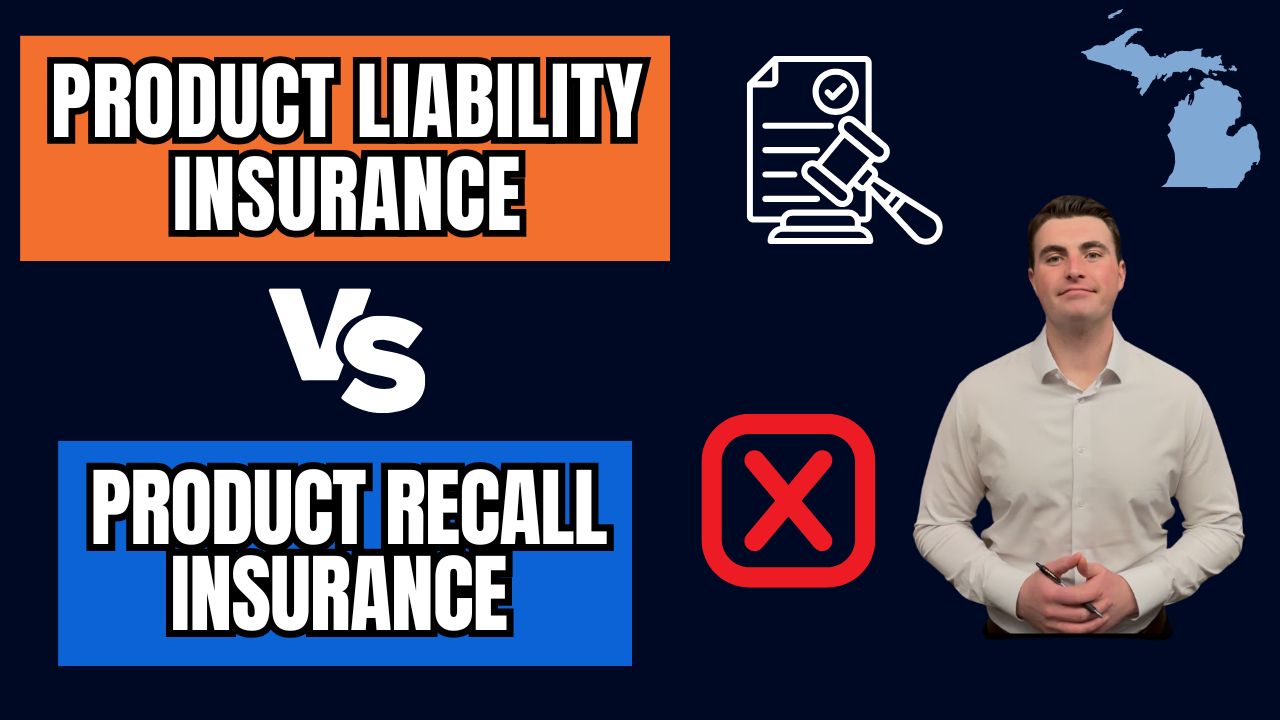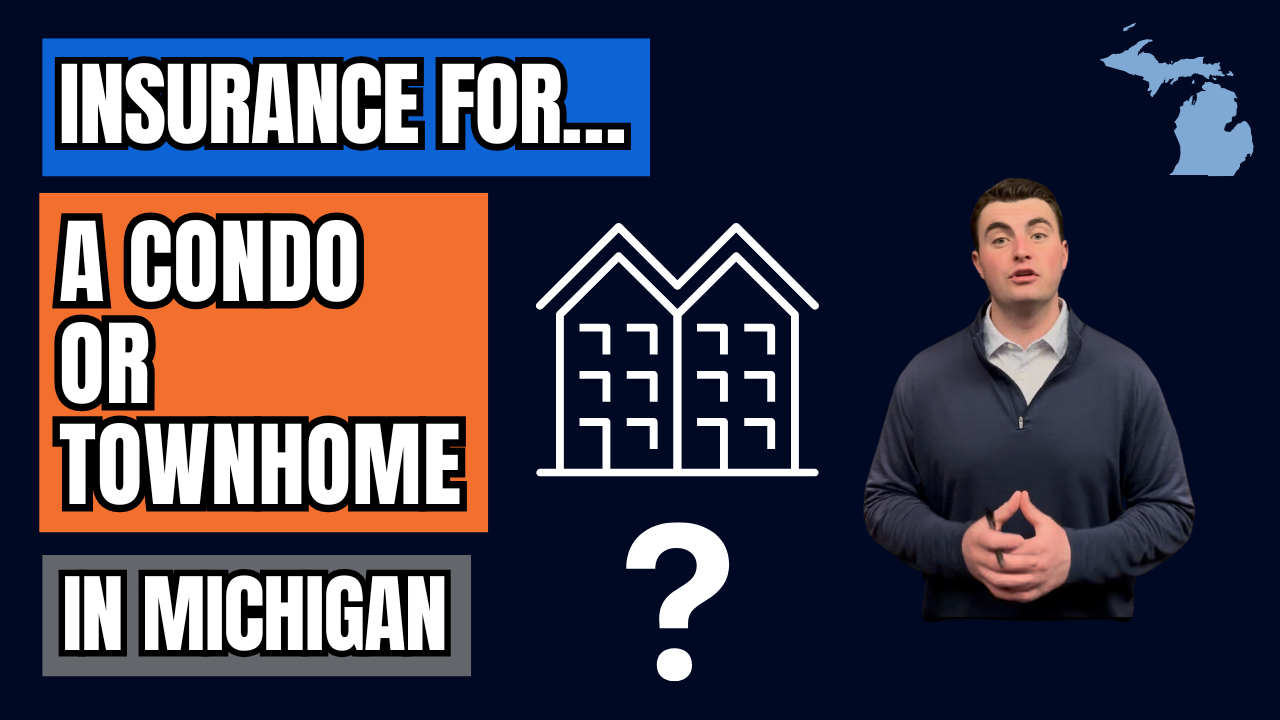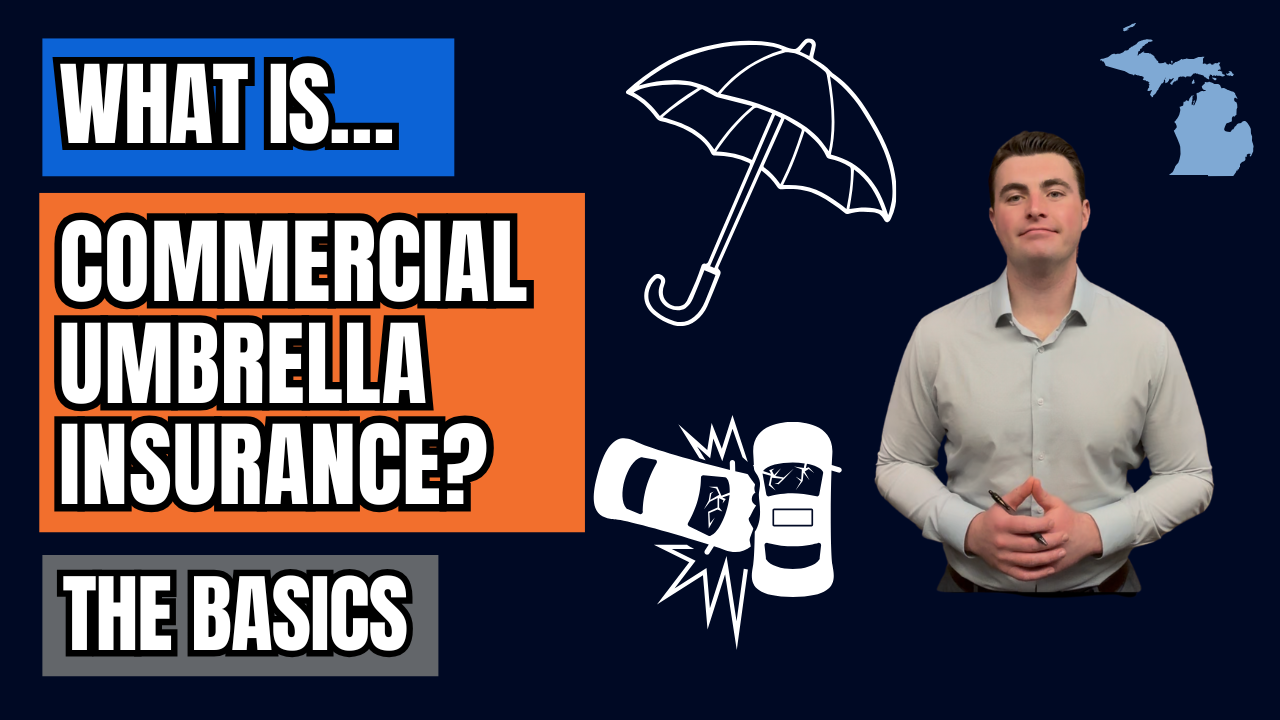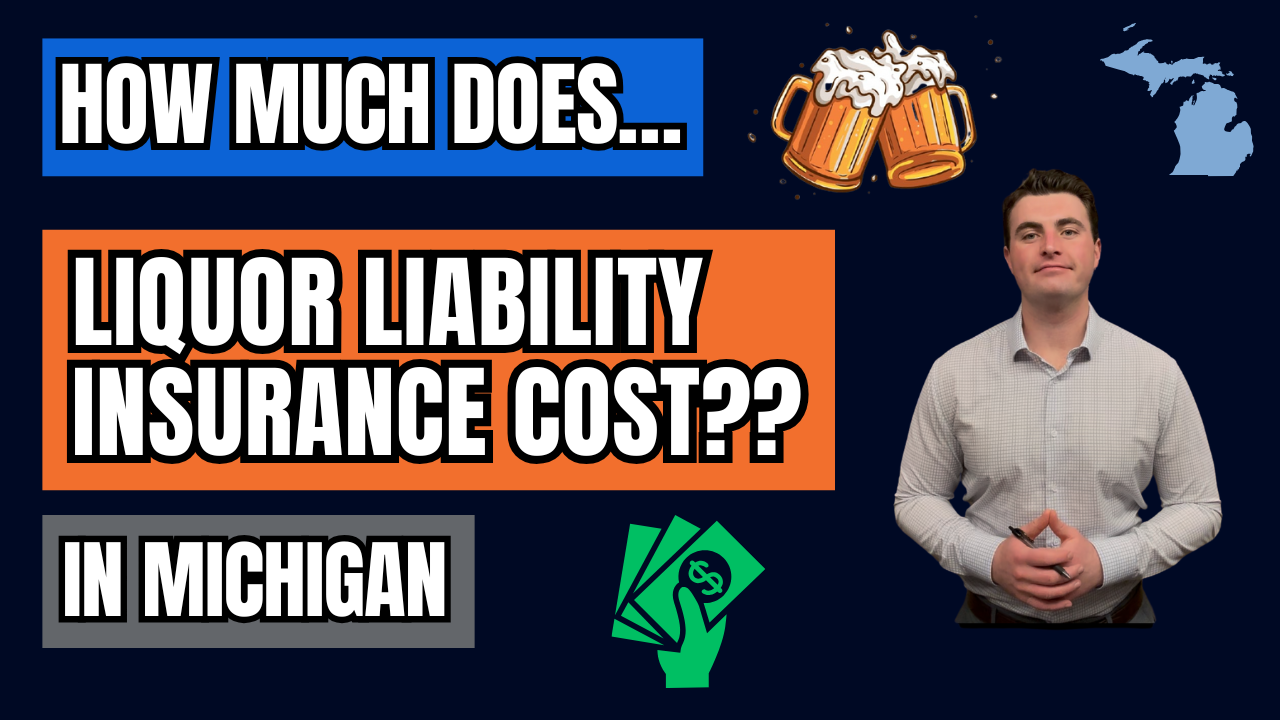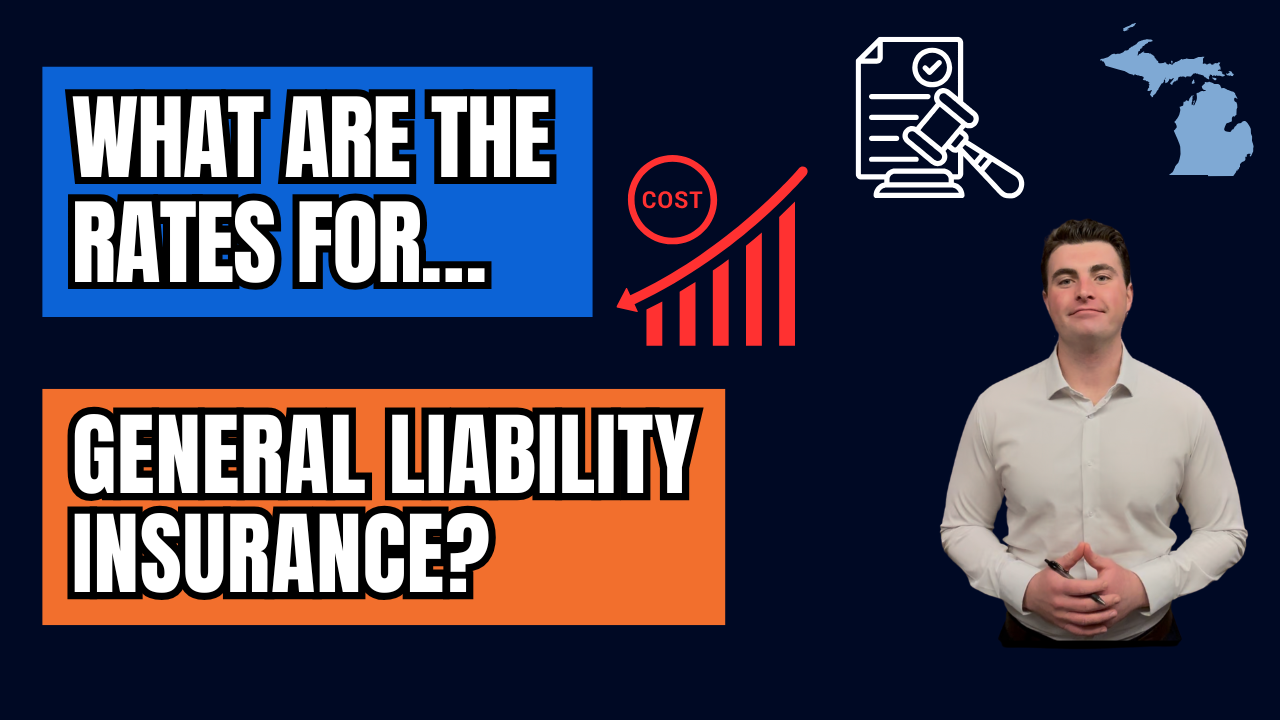What Is Comprehensive Coverage? | Michigan Auto Insurance 101
What Is Comprehensive Coverage? | Michigan Auto Insurance 101
When looking into your Michigan auto insurance, you’ll quickly notice that policies are broken into several parts. One of the most important optional coverages you’ll come across is comprehensive coverage. While liability insurance protects you from costs you cause to others, comprehensive coverage is designed to protect your own vehicle against many of life’s unpredictable events.
In this post, we’ll break down what comprehensive coverage includes, when it’s required, and why it’s a smart choice for Michigan drivers.
What Is Comprehensive Coverage?
Comprehensive coverage helps pay for damage to your vehicle that isn’t caused by a collision with another car. Think of it as coverage for the “unexpected.”
It typically includes protection against:
- Fire and theft – If your car is stolen or damaged in a fire.
- Vandalism – Damage caused intentionally by someone else.
- Weather damage – Hail, wind, falling trees, or storm damage.
- Animal collisions – Hitting a deer or another animal on Michigan roads.
- Glass damage – A cracked or shattered windshield from rocks or hail.
If your vehicle is damaged or totaled in one of these situations, comprehensive coverage helps repair or replace it, up to your car’s actual cash value (ACV)—the market value of your vehicle at the time of the loss, accounting for depreciation.
Comprehensive vs. Collision Coverage
Comprehensive is often bundled with collision coverage, and together they’re known as the physical damage coverages of your auto insurance policy.
- Collision pays when your car is damaged from hitting another vehicle or object (like a guardrail or pole).
- Comprehensive covers events outside of a traditional collision.
Many Michigan drivers choose both for full protection.
Is Comprehensive Coverage Required in Michigan?
Unlike liability coverage, comprehensive coverage is optional under Michigan law. However, if you’re financing or leasing your vehicle, your lender or leasing company will almost always require it. This ensures the vehicle is protected while you’re still making payments.
Deductibles and Costs
Comprehensive coverage comes with a deductible—the amount you pay out of pocket before insurance kicks in. Common deductibles range from $250 to $1,000. Choosing a higher deductible can lower your monthly premium, but it also means paying more upfront if a claim happens.
What About Loan or Lease Gap Coverage?
One limitation to keep in mind: comprehensive coverage only pays up to the actual cash value of your car, not what you might still owe on a loan or lease.
If your car is totaled and you owe more than it’s worth, that’s where loan or lease gap coverage comes in. Gap coverage helps bridge the difference so you’re not stuck paying out of pocket for a car you no longer have.
What Comprehensive Coverage Doesn’t Cover
Even though it’s broad, comprehensive coverage doesn’t cover everything. It won’t pay for:
- Wear and tear or mechanical breakdowns
- Routine maintenance or service issues
- Injuries or liability to other people (that’s covered under liability and PIP in Michigan)
Why Michigan Drivers Should Consider Comprehensive Coverage
Michigan roads and weather bring plenty of risks—from deer crossings to heavy snowstorms. Adding comprehensive coverage gives you peace of mind knowing your vehicle is protected from more than just accidents with other drivers.
For most people, it’s a smart addition—especially if you rely on your vehicle daily, have a newer car, or are financing or leasing.
Final Thoughts
Comprehensive coverage is one of the best ways to make sure your vehicle is protected against life’s unexpected events. While it isn’t legally required in Michigan, many drivers choose it for the extra layer of security it provides.
If you’d like a personalized review of your Michigan auto insurance policy—including whether comprehensive coverage makes sense for your situation—reach out today.
Contact Us
We will get back to you as soon as possible.
Please try again later.
